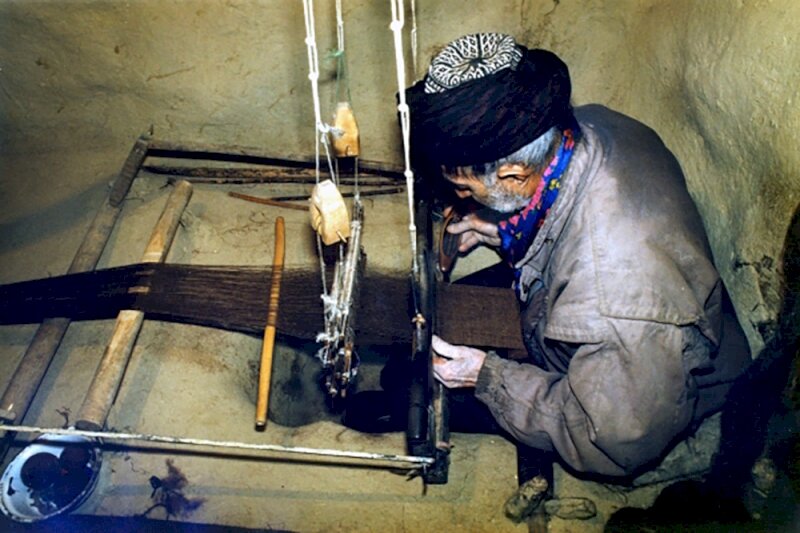Iranian handicrafts: Shawl-bafi of Kordestan

TEHRAN – Shawl-bafi is regarded one of the most important crafts being practiced in the geographic region of Iran. Shawls have been produced since ancient times, just like carpets and silks.
For a long time, however, Kashmir shawls that were made in India excelled the Iranian shawls because they were made of better quality in the early years of the Qajar dynasty (1789-1925), according to Visit Iran.
In many cities like Kerman and Mashhad, Iranian shawls were common thousands of years before the Qajar era. As a matter of fact, the Iranian shawls industry went to India and Kashmir shawls originated from Iranian products.
By the middle of the Qajar era, crafts of Iranian shawls had improved. The making of shawls became more common in the villages, among most nomadic people, and among many urban residents. The Iranian shawl had now become a serious competitor to the Kashmiri shawl.
There were many workshops developed to make the shawls. In these workshops, numerous weaving machines were set up. The machines consisted of two rollers and two pedals installed inside a hole in the ground.
It used to be children who wove the shawls because the mechanics of weaving were very delicate and children's fingers were thought to be better suited for it. The handspun yarn was most commonly used.
Persian shawls were made in very large sizes, up to three meters high and 11.4 meters wide. As shawls have evolved into unique pieces of clothing, they have adapted the cultures and traditions of the regions where they are produced.
The city of Baneh, in the province of Kordestan, has been producing traditional shawls for many years. Kordestan shawls are considered to be one of the most prominent and renowned crafts of Baneh.
Kordestan shawls are considered to be one of the most prominent and renowned crafts of Baneh. This goat’s wool is soft and curly. It takes eight separate, yet related, steps to weave the shawls, with the hardest step being done by the women.
Baneh has been weaving shawls for more than four hundred years, and the quality of the materials used has contributed to its success as a handicraft.
The name Kordestan refers to the region’s principal inhabitants. After the Turkish invasion of Iran in the 11th century CE (Seljuk period), that name was given to the region comprising the northwestern Zagros Mountains.
It was during the reign of Abbas I the Great of Iran’s Safavid dynasty (1501–1736) that the Kurds rose to prominence, having been enlisted by Abbas I to help stem the attacks of the marauding Uzbeks from the east in the early 17th century.
ABU/MG
